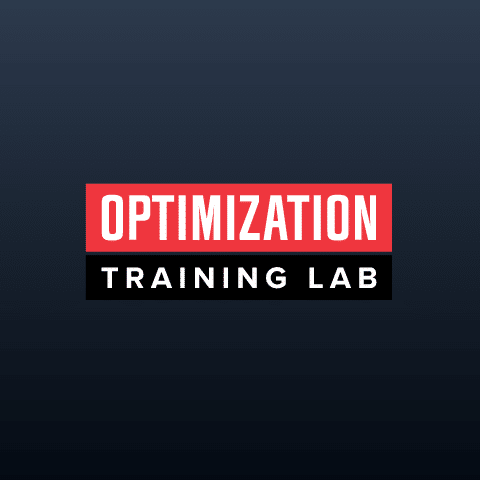We all know we should “exercise.” Even knowing this, have you ever struggled to get started with an exercise program? Maybe you got started but then found it challenging to stick to the plan? Maybe you exercise on a regular basis but seem to be stuck in a rut and not making progress. Two reasons for any of the above may simply be that:
1. You have not established a clear target for your exercise
2. Your target doesn’t match the plan
I have seen this issue time and time again. One of the problems is that almost any movement or activity is lumped under the very broad definition of “exercise.” Yet the movement or activity you choose to participate in will give you very different outcomes.
For clarification of communication, I think it is important to define what I am referring to when I say “exercise.” We define exercise as mindful movement or activity with the primary purpose to stimulate or set in motion a positive physical adaption within the body as safely, effectively, and efficiently as possible.”
Other activities or movements may create adaptations, as well, but are not necessarily the primary aim nor are they necessarily as safe, effective, or efficient.
If you have the goal of increasing muscle, losing body fat, increasing bone density, etc. and you value your time and want to effectively achieve those goals without damaging your joints we have a training plan for you.
One such plan is our way of exercise which we identify by the acronym, HELIMO ( High Effort Low Impact Mindful Optimized) Quantified Strength Training.
Part of our method and philosophy of exercise stems from a protocol called SuperSlow. The founder of this protocol, Ken Hutchins, defines the protocol and gives his own very precise definition of exercise in these two articles.
What is SuperSlow?
Exercise vs. Recreation
In general, this type of Strength program will involve performing resistance exercise in a very slow controlled manner (10 seconds lifting and 10 seconds lowering) in order to:
1. Improve movement capability by focusing on and improving interoception and mind/muscle connection.
2. Reduce momentum thereby allowing for a more efficient and thorough inroad which is a primary stimulus for increasing muscle strength and hypertrophy.
3. Decrease unnecessary impact forces which can be damaging to joints.
Listen here to the Opt Lab podcast with Steve Maxwell where we discuss our similar journey where we came to the the same conclusion. We both trained and got great results using the SuperSlow protocol before moving on to more entertaining forms of “functional fitness” training such as Kettlebells, Crossfit, etc. only to come full circle back to SuperSlow exercise as our primary means of strength and conditioning due to its effectiveness, safety, and efficiency.
If you are interested in safe and effective training that can help you build strength, increase bone density, improve metabolism, and look, feel, and perform better yet only requires 1 to 2 thirty minute sessions per week, sign up here for your free training experience.
